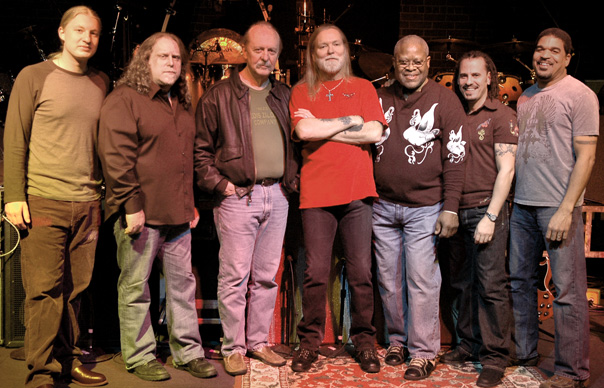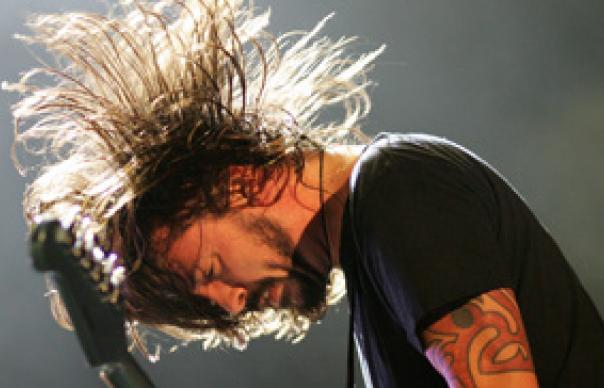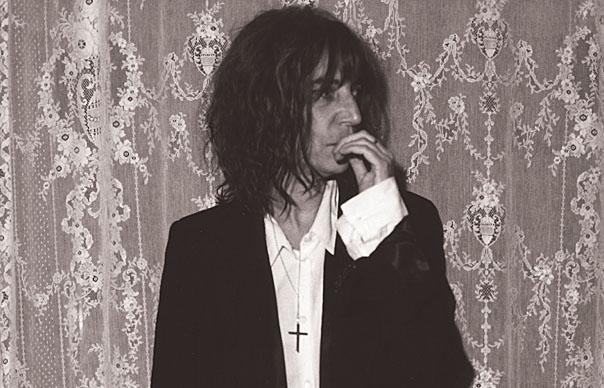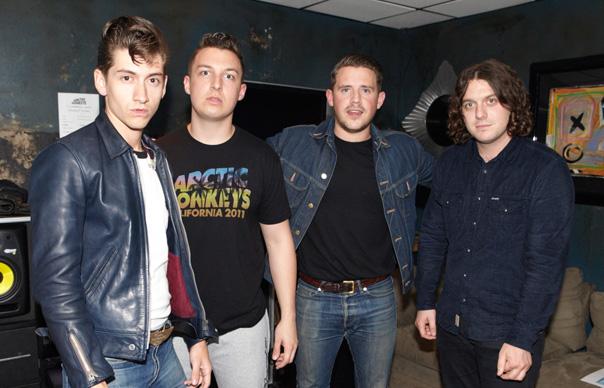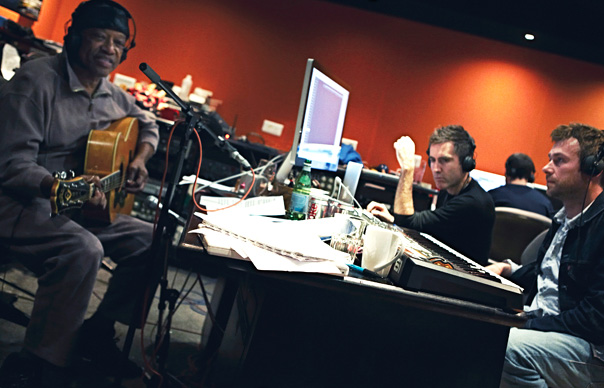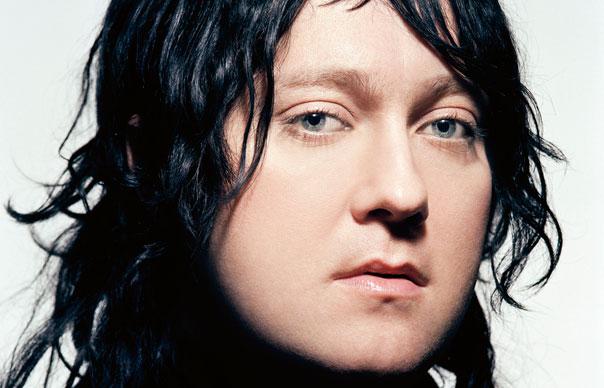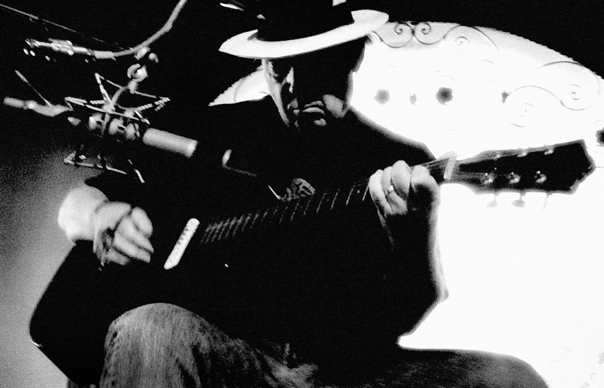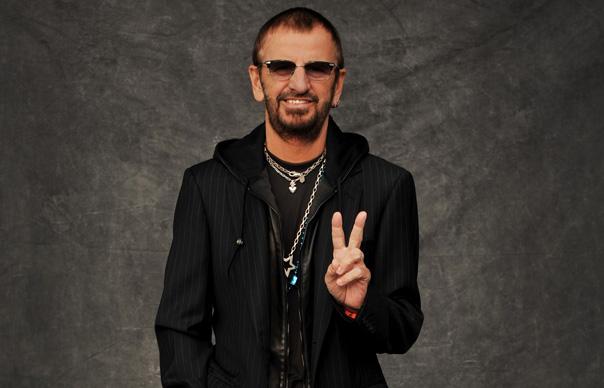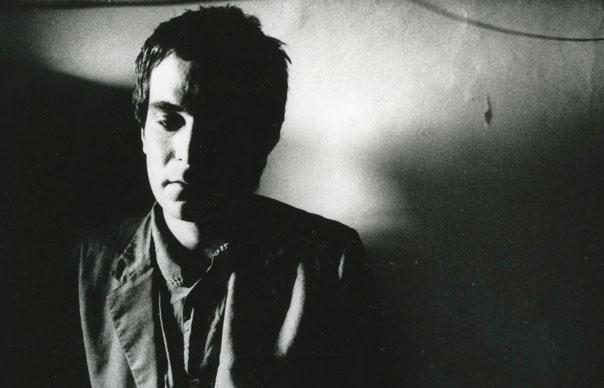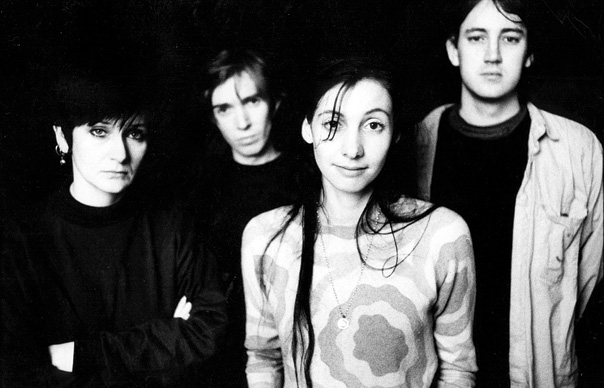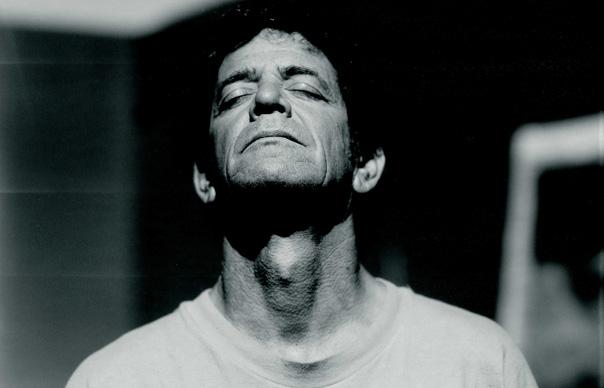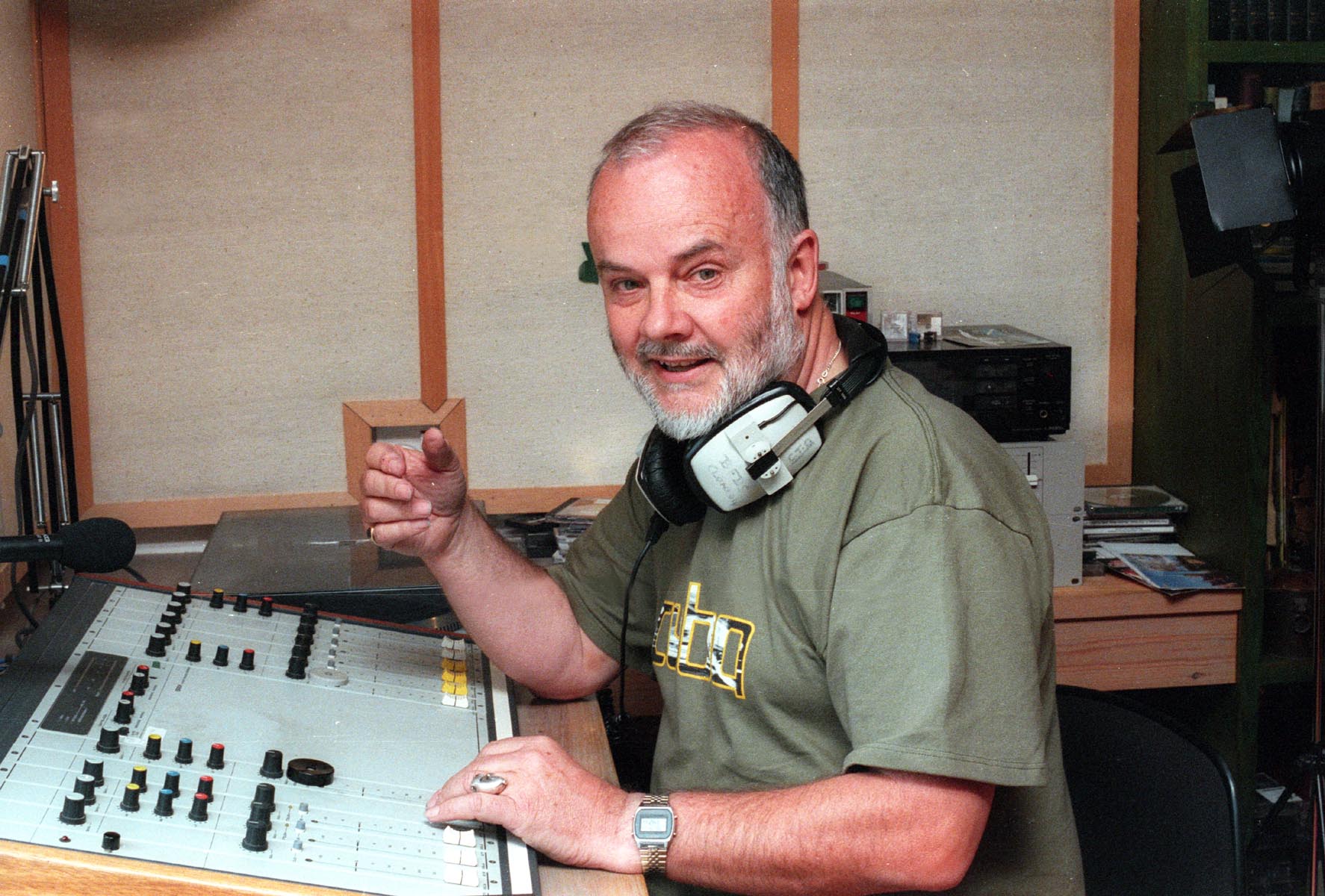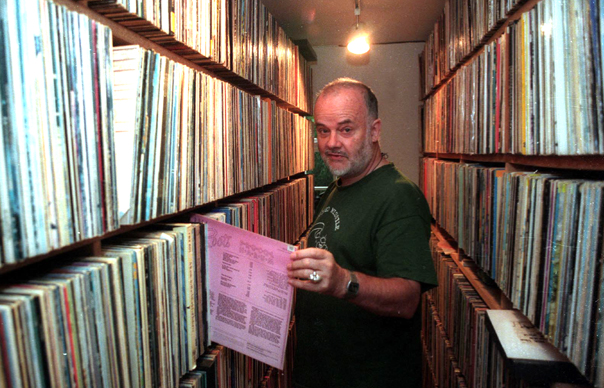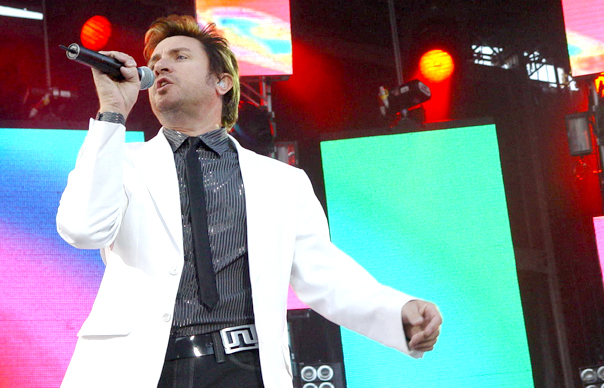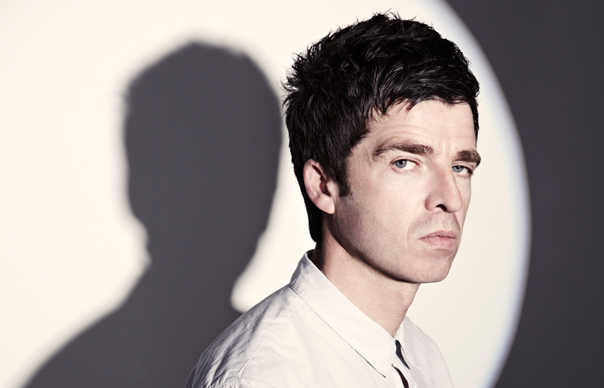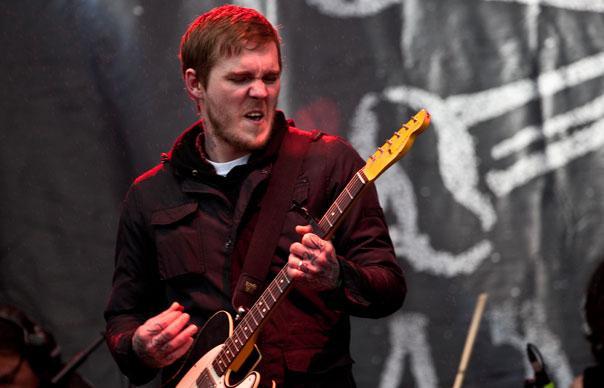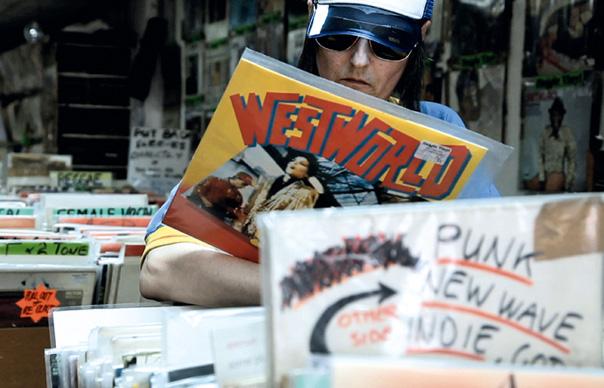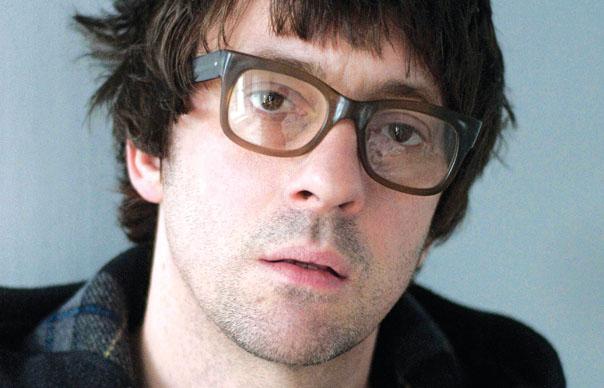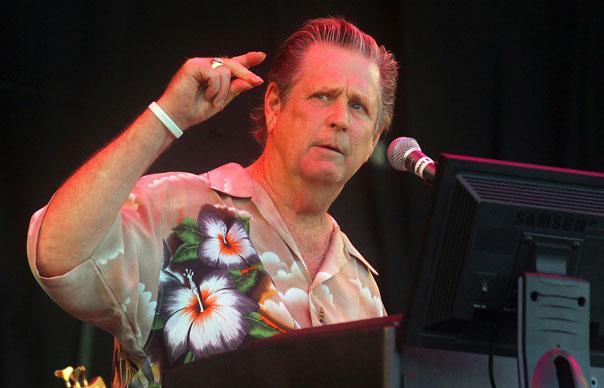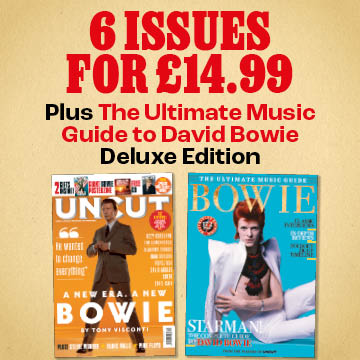Like many music fans of a certain age, John Peel turned me on to a lot of music I may otherwise only have stumbled upon much later, if at all. I remember, for instance, in July 1969, listening to his Top Gear show one weekend and hearing something that lit me up like a burning house. It didn’t sound like much else he played that afternoon and as I recall he was afterwards not altogether enthusiastic about it, as if he as wondering why, beyond the fact that it was new and wouldn’t have yet been widely heard, he’d even bothered playing it.
The track was “Christine’s Tune” by The Flying Burrito Brothers, who from what Peel had to briefly say seemed to have something to do with The Byrds in that they featured in their line up Chris Hillman and Gram Parsons, who I knew from what I’d read in Melody Maker had been influential in the country direction The Byrds had taken on Sweetheart Of The Rodeo.
“Christine’s Tune” was something else, altogether, though – The Byrds’s sweet harmonies replaced by vocals that were almost shrill, with a kind of hillbilly twang, and a pedal steel that instead of sounding plangent and typically keening was a fuzzed-up psychedelic wail. I thought the thing was mind-blowing, whatever Peel’s reservations, and as soon as I could got hold of the album it was from, which turned out to be called The Gilded Palace Of Sin. For the rest of that summer I played almost nothing as much as I played that LP, Gram Parsons’ music on its way to becoming more important to me than virtually anything else up to that point that I’d been listening to.
I mention this episode because this morning I got an email press release from someone called Harry at a company called Hot Cherry.
“The first step in the journey of making one of the most important archives in modern music history available to the public begins this week,” the press release declared, making me wonder if it would go on to announce the long-awaited publication of Sting’s Notes On Learning The Lute or something similarly august.
But no! What the press release actually went on to advise the avid reader was that from today, the first details of John Peel’s record collection will be published online, beginning with the first 100 albums from his collection of over 25,000 vinyl LPs, filed under ‘A’. From today through to October a further 100 albums a week will be unveiled online each week, in an alphabetical progression through his entire collection.
This, it turned out, was all part of what the press release described as ‘a new experimental digital service’ apparently called The Space, which when you got here will allow you to view a recreation of Peel’s home studio, browse through his album archive and see his personal notes, historic performances (I don’t know who by, but by God’s grace not Sting on his lute) and home footage of Peel and family, Peel on holiday and an interview with his widow, Sheila, among other things.
Too enjoy all this, go to www.thespace.org
Finally, just a reminder that next week we’ll be heading to Brighton for the Great escape Festival. We have our own stage at the Pavilion Theatre where we’ve got a really exciting line-up over the three days of the festival, including EMA, Beth jeans Houghton, Hans Chew, Django Django, Toy, The Black Belles and more. If you’re anywhere near during the festival, drop by and say hello.
Meanwhile, have a good week.
Allan


